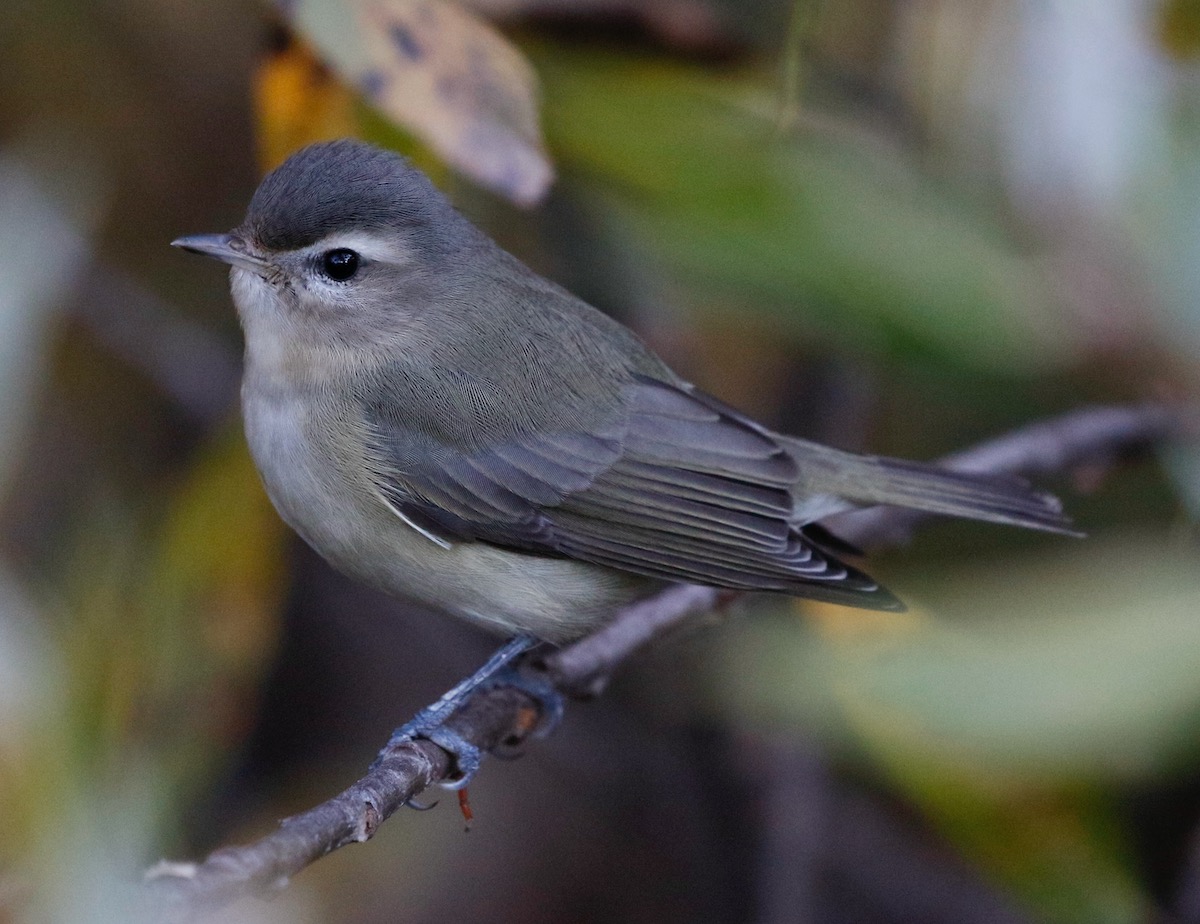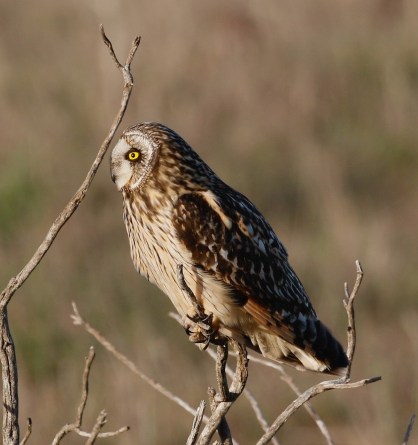Santa Barbara Birding: A Count Diminished
Species Tally the Lowest in Decades

One of the great pleasures of participating in the Christmas Bird Count is seeing old friends and making new ones. On New Year’s Day, the day of Santa Barbara Audubon’s 122nd annual count, I had a late lunch with Robb Hamilton, who grew up in Goleta but moved away many years ago. Robb returns to Santa Barbara each year for the count; this year marked his 42nd count in succession — what an achievement! Robb is tasked with covering Hope Ranch, and I asked him if he has seen many changes over the years. His answer was sobering; not only has the total number of birds plummeted, but diversity has followed suit.

At 194 species seen, the Santa Barbara count was the lowest it has been for several decades. We usually come in with well over 200 species. Why the low number? There are a number of factors besides the aforementioned diminishing populations of many birds. The drought certainly had an effect. While the rains in the weeks leading up to the big day were welcome, they were too late to help with providing food for transient birds that might otherwise be tempted to stay.
Despite the low numbers, there were, as always, highlights. It was a glorious day, sunny and cool with little to no breeze. Before I met up with Robb, I reconnected with another old friend, this one with feathers. On the count nine years ago, I was excited to come across a warbling vireo at Bohnett Park on the Westside. Warbling vireos are common enough as summer residents in the United States but are extremely rare in winter. I was delighted when the bird returned to the same park for a second winter, then a third. Amazingly, this year the bird is back for its ninth winter, and it was one of the first birds I clapped my eyes on at the new year’s dawn. I sometimes talk to birds when no one’s watching, and I think I’ve probably murmured more things to this little beauty than to any other.
But how on earth do you know that the warbling vireo is the same bird? I hear you ask. We can’t be absolutely certain because all warbling vireos pretty much look the same, but there’s evidence that it has to be the same one; many birds that successfully winter at a location will faithfully return to the same spot year after year. Warbling vireos are so rare at this season anywhere in California that the chances of another winter bird showing up at Bohnett Park are infinitesimal. Because this little bird is so old, I looked up the record age for the species. That honor belongs to a warbling vireo that was banded as a nestling in 1966 and was re-trapped 13 years later. My friend has a few more years to go to be a record-breaker.
Sign up for Indy Today to receive fresh news from Independent.com, in your inbox, every morning.
After bagging the vireo, my next assignment was at the Santa Barbara Zoo. For the last couple of decades, I’ve had permission to go in early before the public arrives and walk the train tracks alongside the Andree Clark Bird Refuge. Bird numbers were generally low, apart from lots of Allen’s hummingbirds, one of the few birds that are increasing in our area. I even saw one sitting upon her nest.
Other rare birds that showed up on the count this year include a short-eared owl at More Mesa (alas, no burrowing owls were seen this year), painted redstart at Rocky Nook Park, a green-tailed towhee at a small park in Goleta, and a plumbeous vireo at Chase Palm Park. In Hope Ranch, Robb saw the only Bullock’s oriole, a bird that is usually fairly easy to come by.
Let’s hope for more rain in the coming months to restore parched habitats, especially the wetlands. Perhaps then our count will be able to regain its former heights.
Support the Santa Barbara Independent through a long-term or a single contribution.




You must be logged in to post a comment.